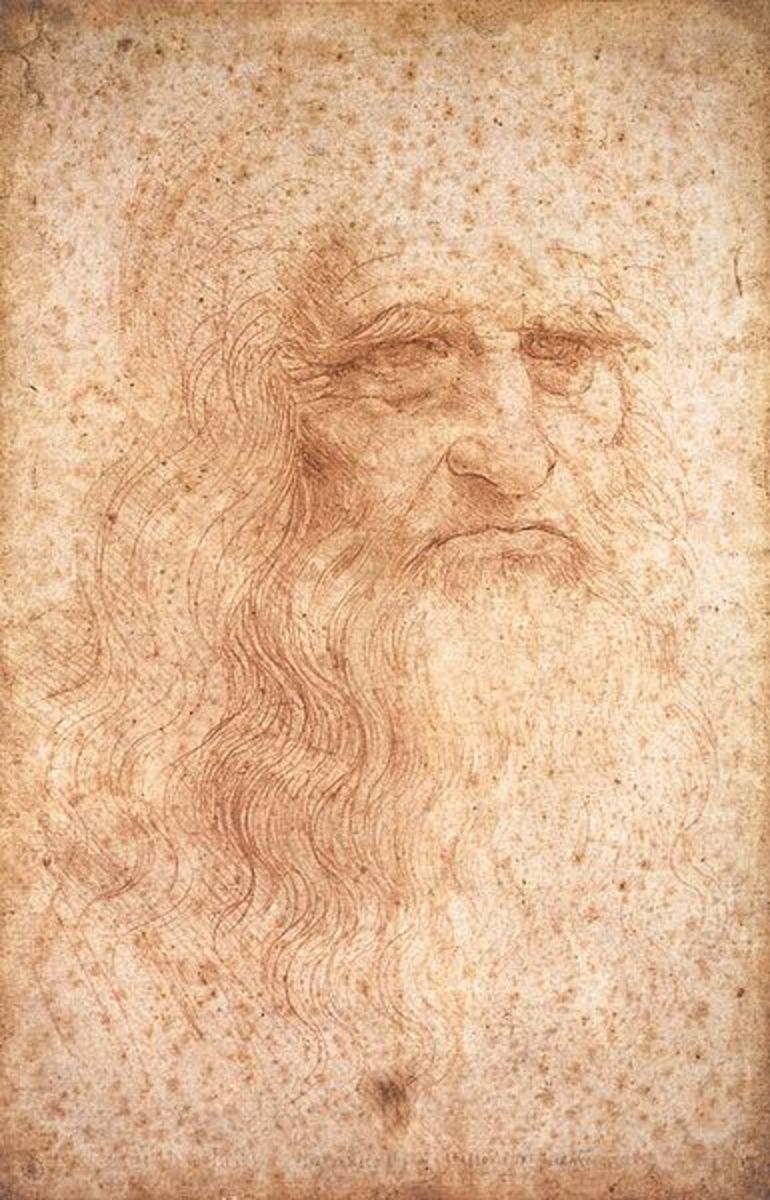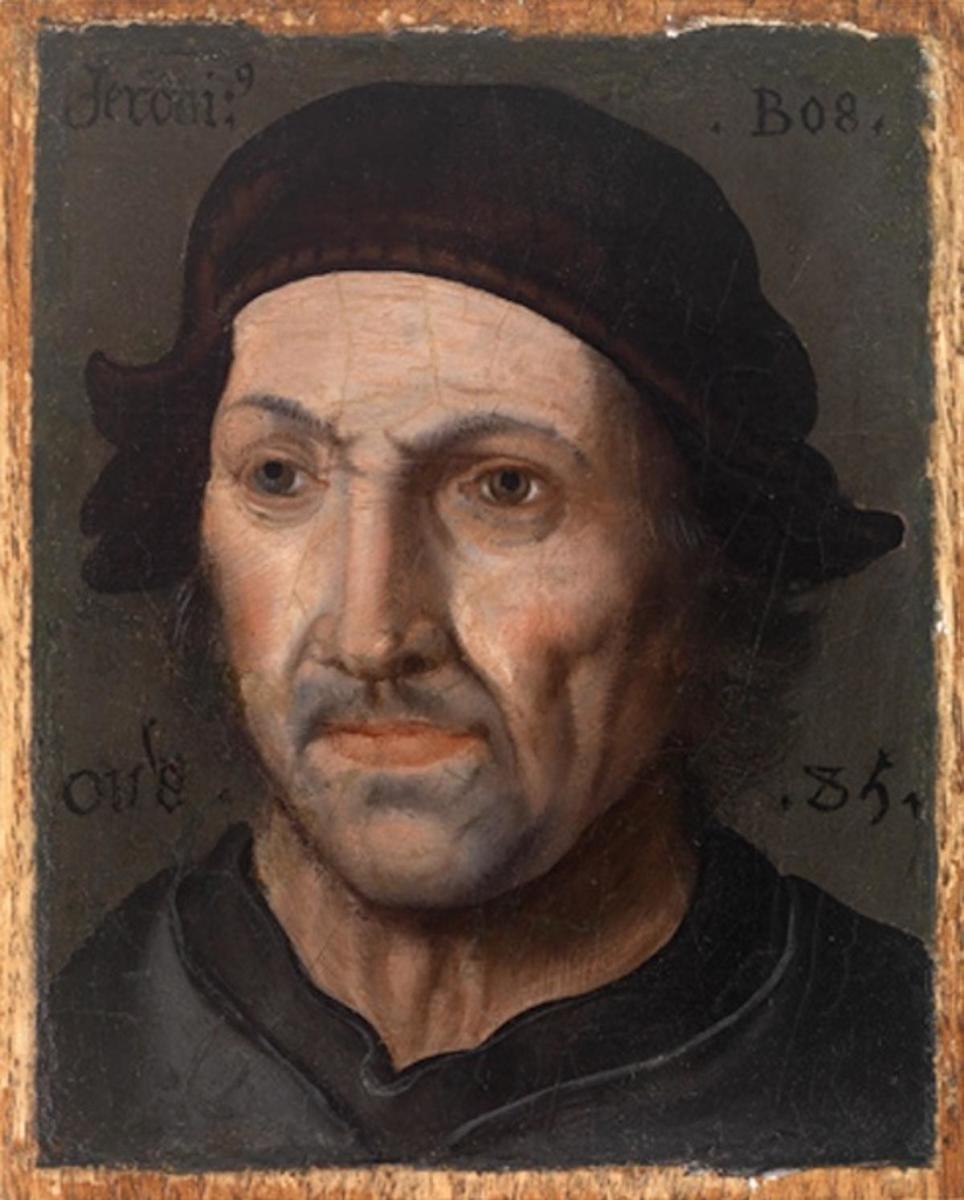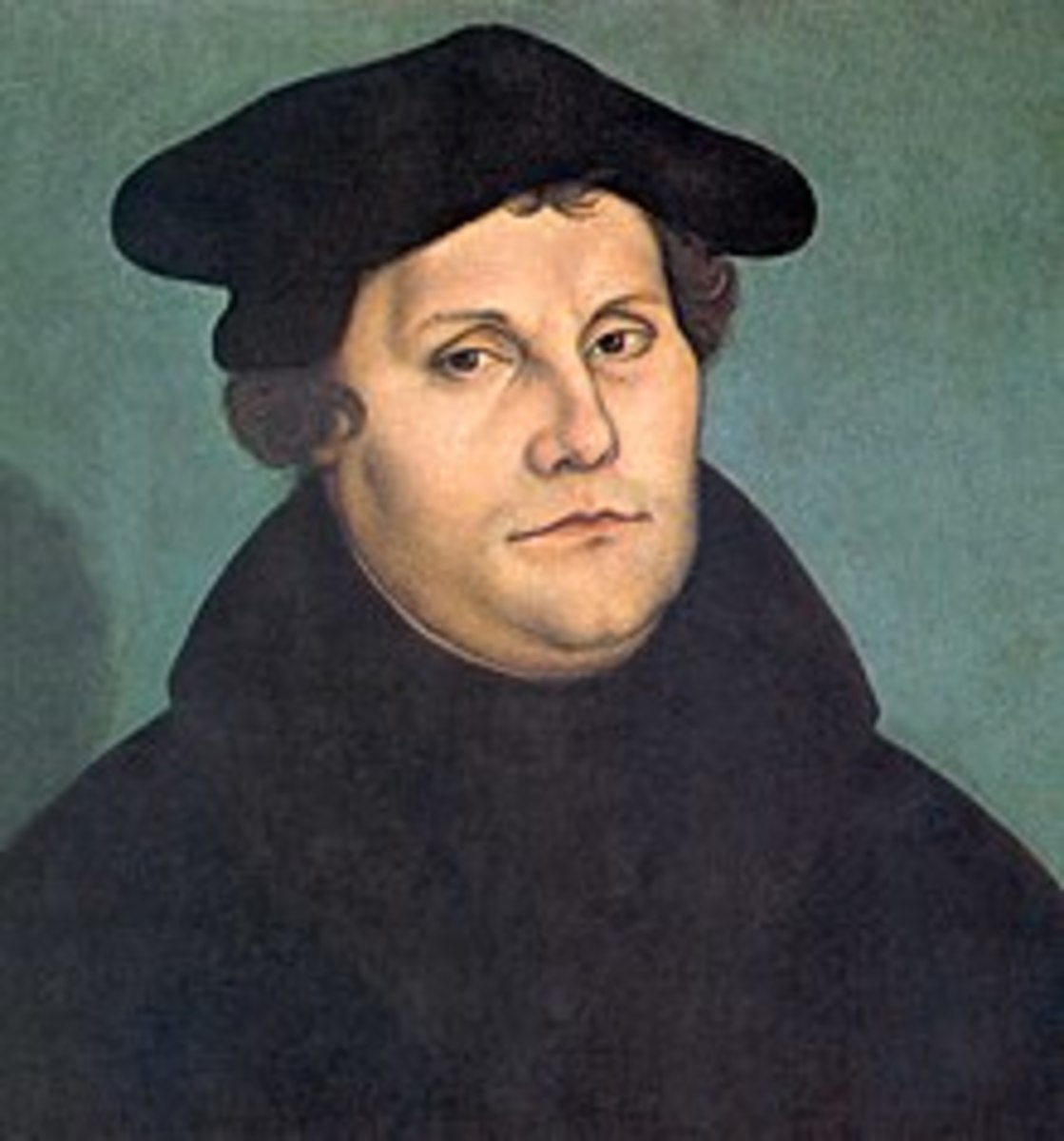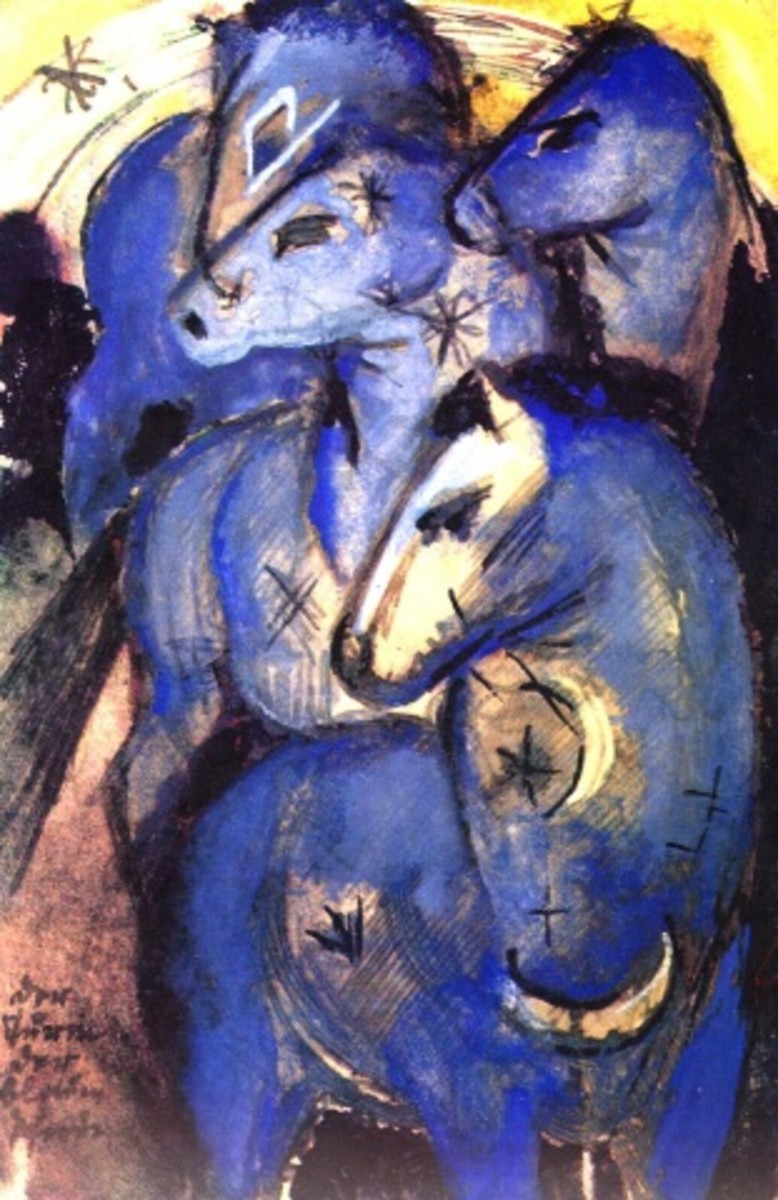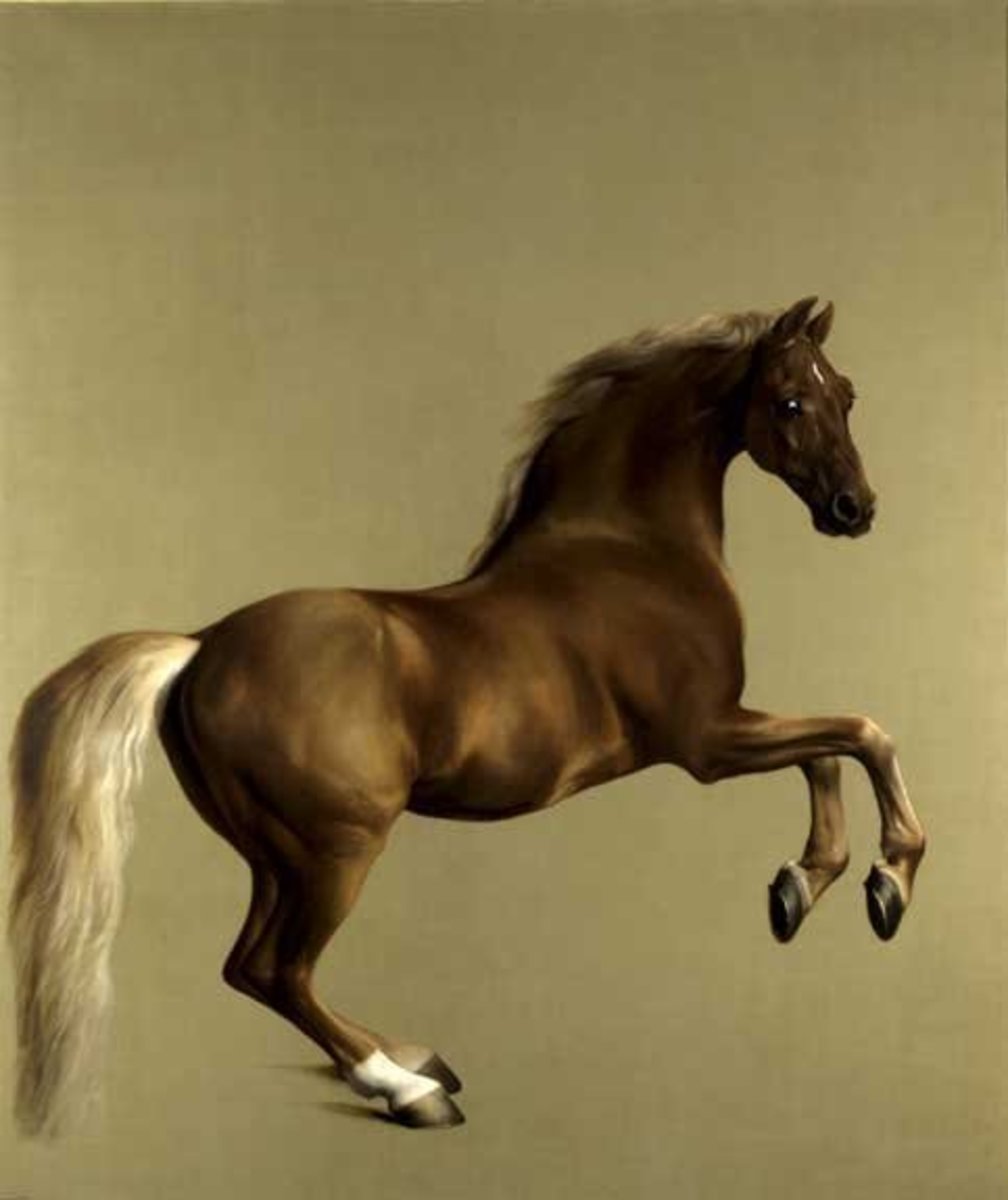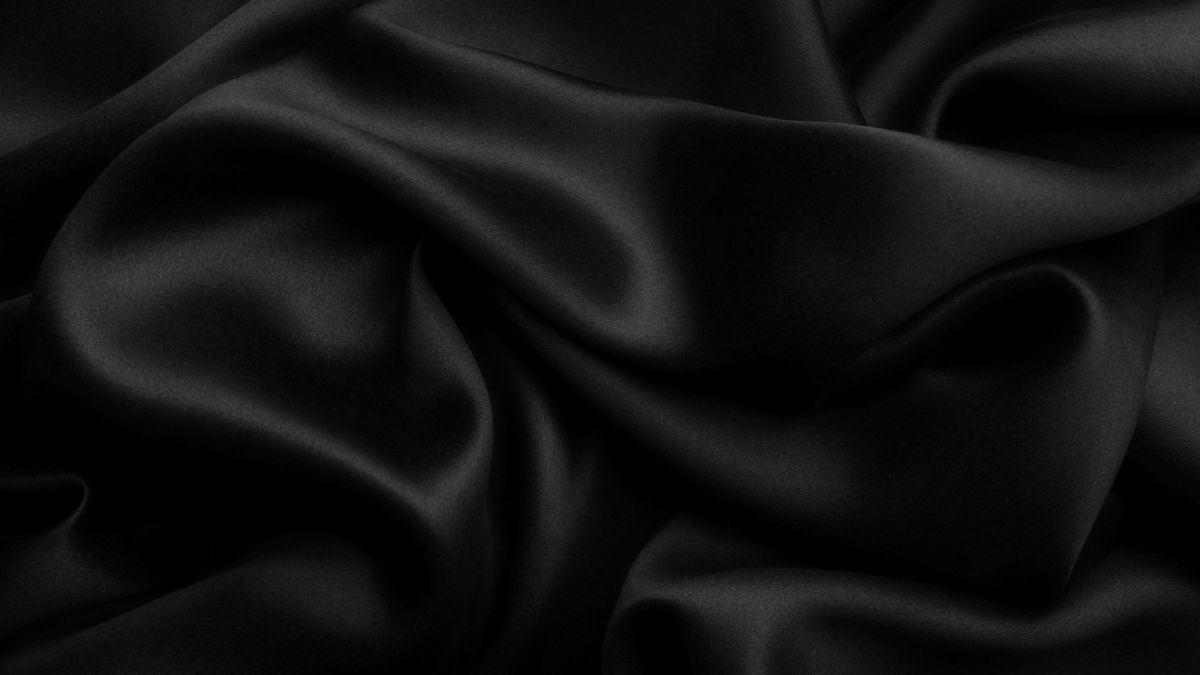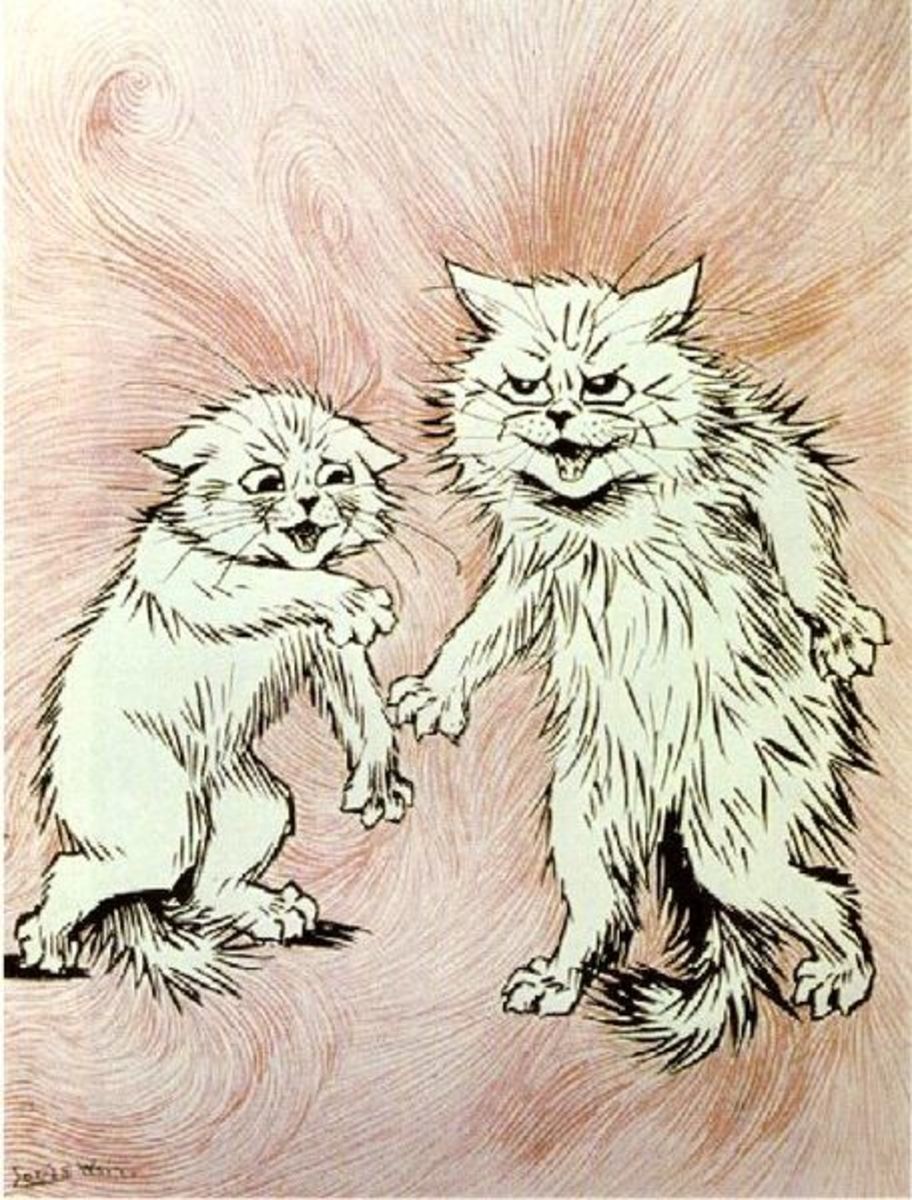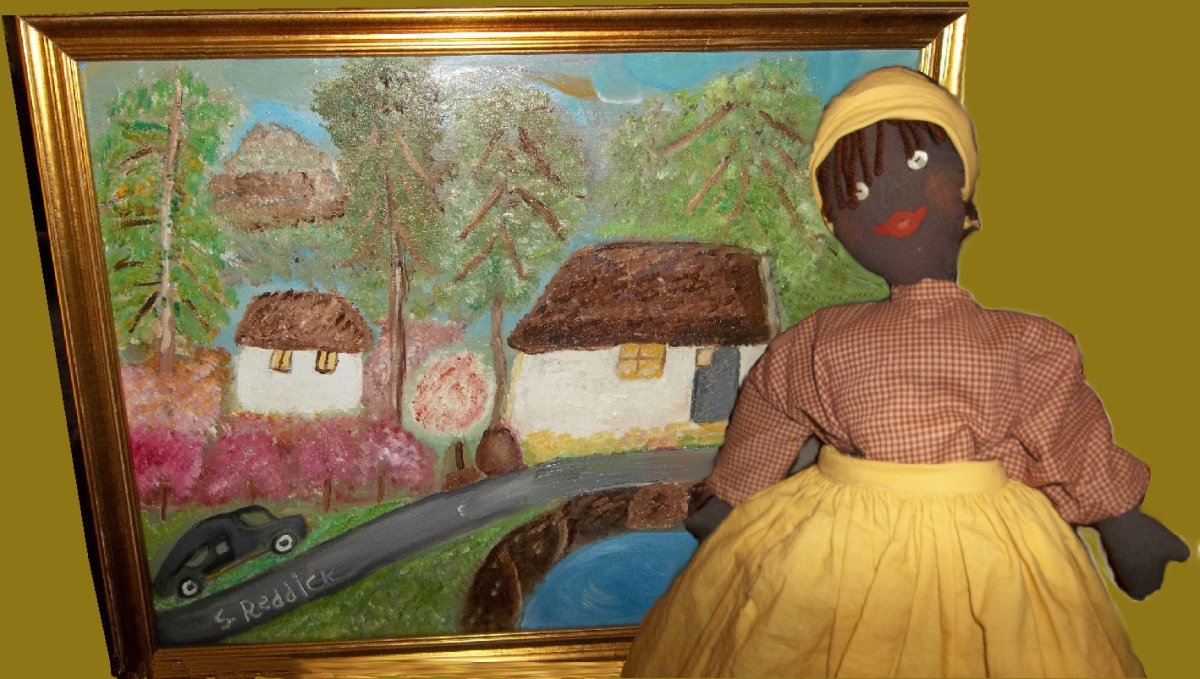Hieronymus Bosch and His "Garden of Earthly Delights"
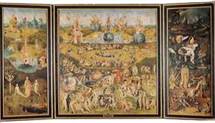
"Where Monsters Bred and Devils Keep Them Company"
As one glances through the collection of Dutch artwork from the 16th century, one is forced to stop and pay particular attention to the artwork of Hieronymous Bosch and especially his "Garden of Earthly Delights." One looks at Bosch's artwork and feels a power that is almost a testament of the human mind, and experiences of grace in contrast with those of anguish and pain.
According to Thomas Craven in 1956, Bosch brough the drama of Christianity down, not just to earth, but into the "caverns under the earth, where monsters bred and devils keep them company, and where the worlds of savage and horrible things..." are brought into the realm of one's physical reality.
Hieronymous Bosch is one of the few artists of the 16th century that not only was well respected in his ability to represent Christian ideology, but also brings viewers into his dreams much like the Surrealists of the 19th century.

A Brief History
Hieronymous Bosch was born to a family of painters that had been active in s'Hertogenbosch in the 15th century. Based on family tax records it is assumed that Bosch was born in 1450.
Bosch married Aleyt Goyaerts van Meervenne. It is believed they had no children.
Bosch was a member of the Brotherhood of Our Lady of St. John. This establishment is believed to have commisioned most of his works. Tax records have pointed out that during his adult life he was one of the wealthiest citizens in s'Hertogenbosch.
The Brotherhood of Our Lady of St. John commisioned and owned Bosch's "David and Abigail" painted in 1488-1492, "Epiphany" and "Creation of the World."
Philip the Fair, or the Duke of Burgundy, paid for Bosch's triptych "The Last Judgement."
Queen Isabella of Spain, Margaret of Austria, regent of the Netherlands, and the Bishop of Utrecht all owned paintings of Bosch's.
It is believed that Bosch worked in Italy between 1499-1503, due to the location of his piece "The Martyrdom of St. Julia."
Count Hendrik III of Nassau commisioned "The Garden of Earthly Delights."
According to E.H. Gombrich in 1962, the paintings by Bosch pleased Philip II of Spain, who devoted a room to Bosch's "insanely fantastic creations-half-fish and half-men, toads with faces of women and men flying with wings of bats, and huge insects straddling tablespoons."
St. John's Cathedral has records of performing Bosch's funeral on August 9th, 1516, wether Bosch died shortly before this time is unknown.
Line, Color, Contrast, and Space
In "The Garden of Earthly Delights," Bosch uses line to help move the viewer's eyes to the areas of the painting he considered important. In Heaven, Bosch starts the viewers line of sight on Jesus conversing with Adam and Eve and then forces the eye to back to the large object in the pool behind.
Bosch starts the eye moving from the large object centered in the pool, then spreads outward and downward slowly over the objects and people.
He then brings the viewer to the mountains in the background by leading the eye along a line starting with the giraffe and working towards the elephant.
In the middle triptych Bosch has filled every available space with constant activity that causes considerable confusion if not for the use of line.
In Hell, Bosch begins the eye's journey at the open torso of a women and then moves the eye down into the demons below and then up again into the flames of burning buildings.
Bosch uses color to help the eye find its place in the confusion of his paintings.
He places bright reds throughout the dull pastels of the characters and scenery to help gain the viewers attention in certain areas of action. Most of the bright reds are placed in fruits like strawberries, cherries, and pomegranates. He also uses bright red in strategically placed tents that hide certain parts of the action.
Bosch uses contrast in hue to help portray atmospheric perspective. He alters drastically his use of light between Heaven, the middle Triptych, and Hell.
Hell is painted in an incredibly dark environment. It seems as if the light that allows the eye to see is the light from the fires of the burning buildings.
Bosch fills every moment of negative space with action, besides the more open spaces of Heaven, the middle Triptych and Hell are swarming with activity throughout all the open space.
Garrison and Robb, in 1935 explained that, "like the pioneer in the cinema David W. Griffith, he (Bosch) employs the close-up as means of increasing the effectiveness of his psychological study." This quotation may have more meaning in some of the other paintings of Bosch, yet, all the same, the only expressions given on the faces in the Triptych are on the Demons of Hell. All the other characters in the painting seem to have flat inexpressive facial expressions.
"The Garden of Earthly Delights" takes on new territory, in a conservative manner, that Bosch maintains by having strict control over formal elements.

A Moral Allegory
In the 16th Century Renaissance Dutch began painting more moral allegories and penitential texts and less of the art that viewed religious characters in historical biblical settings.
"The Garden of Earthly Delights," is a moral allegory on the punishment of excessive pursuits of pleasure.
Not only is it apparent in the description of Heaven on the outside panel, the description of excess on the middle panel, and the nightmare of Hell on the outside panel, but is also described by the use of iconography.
Bosch has only three human characters in Heaven: Jesus, Adam, and Eve. Jesus is the physical form of God, and Adam and Eve show forbidden fruit that caused the search for excess pleasure.
Bosch also has many exotic animals in Heaven: a giraffe, elephant, and boar, to name a few. Exotic animals were being used in paintings to sympolize excess. It is interesting how Bosch makes these creatures white in Heaven as if they had been purified of their sins.
In the middle triptych Bosch also has a multitude of exotic animals, that are not white, these are expressive of the pursuit of excess.
With the use of owls in his middle triptych, surrounded by figures in a state of worship, Bosch shows how the pursuit of perverted knowledge is considered a sinful pursuit along with that of flesh.
There is an overabundance of fruits in Bosch's painting. The fruits represent sexual abandonment. The figures in the middle triptych are shown either possessing or idolizing the fruits in an grotesque manner.
Strawberries have a significance in the painting. Strawberries in the 16th century were used to describe things that may cause momentary pleasure, yet fall away with time.
Thomas Craven in 1956 stated that Bosch went beyond the traditions and achievements of Dutch artists of his time to give "us an equally plausible picture of things no human eye had seen." Bosch is famous for his paintings of demons and devils with diabolical features. The Hell portion of the triptych has some incredible demons and devils.
Eli Favre in 1923 stated that "the exaggerated, unreal, and bizarre symbolism of Bosch, his Hell swarming with composite monsters, and all the grotesque nightmares of his weird and fantastic mind..." portray a hell that is not only frightening but extremely potent in its ability to affect the psyche.
"Nothing Seems to Make Sense..."
Bosch brings the viewer into a world of unknown figures and odd situations. He takes the viewer into the grotesque demons of Hell and shows the disfugered faces of anguish and pain.
After examining the life of Bosch, his use of formal elements, and the contents of the painting through the use of iconography, the viewer can begin to examine the world of dreams that Bosch was exploring.
Thomas Craven in 1956 explains that "nothing seems to make sense and yet everything is painted in a clear and beautiful style." Craven then goes on to explain that "Bosch is in the limelight today because of the Surrealists, trafficking in the weird and disconnected images of the dream world..."
Bosch begins an examination of the world of dreams the second one glances at the wonderful and the grotesque juxtaposed onto the canvas, or panel. It seems that Bosch is taking his nightmares and visions from his dreams and bringing them to the real and the now, through the use of his art.

